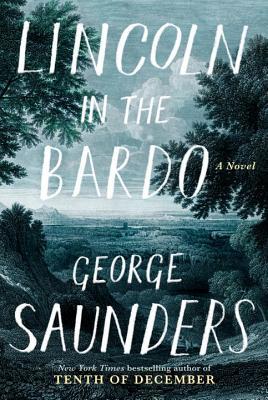The Top 50 Black Gate Posts in December
 The top article at Black Gate in December was Foz Meadows’ “Unempathic Bipeds of Failure,” a look at the relationship between fiction and politics, which was read over 4,000 times in a scant handful of days here, before moving to its permanent home at Amazing Stories.
The top article at Black Gate in December was Foz Meadows’ “Unempathic Bipeds of Failure,” a look at the relationship between fiction and politics, which was read over 4,000 times in a scant handful of days here, before moving to its permanent home at Amazing Stories.
The second most popular blog post last month was Derek Kunsken’s enthusiastic film review for Star Wars: Rogue One, “I Am One With the Force and the Force Is With Me,” which I edited and posted with my eyes closed in case it had any spoilers. Just to prove he’s a master of all media, Derek placed a second article in the Top Ten this month: “Hammers, Chemo and Disapproving Dads: Marvel’s Thor.”
Rounding out the Top 5 this month were Fletcher Vredenburgh, with a fascinating piece on why he reads what he does, “Why Swords & Sorcery?”: our nostalgic survey of classic horror comics of the 1970s, “For the Love of Monster Comics;” and Martin Page’s tips for achieving authenticity in historical fantasy, “Truth in Historical Fiction.”
Coming in at number six was our look at the Top BG article in November, followed by the latest installment in James McGlothlin’s ongoing series on Del Rey’s seminal Classic Science Fiction line, The Best of Henry Kuttner. Ryan Harvey nabbed the #8 slot with his round-up of Marvel Studios’ recent string of hits, “With Doctor Strange Behind Us… My Ranking of the Marvel Studios Films.”
Finishing up the Top Ten was our latest Tale of Two Covers, a comparison of Alan Baxter’s Crow Shine and Sarah Remy’s The Bone Cave.
The complete list of Top Articles for December follows. Below that, I’ve also broken out the most popular overall articles, online fiction, and blog categories for the month.
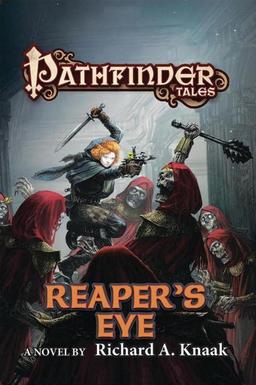
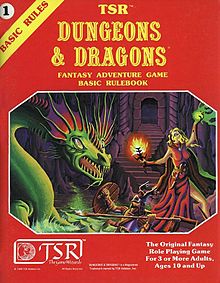
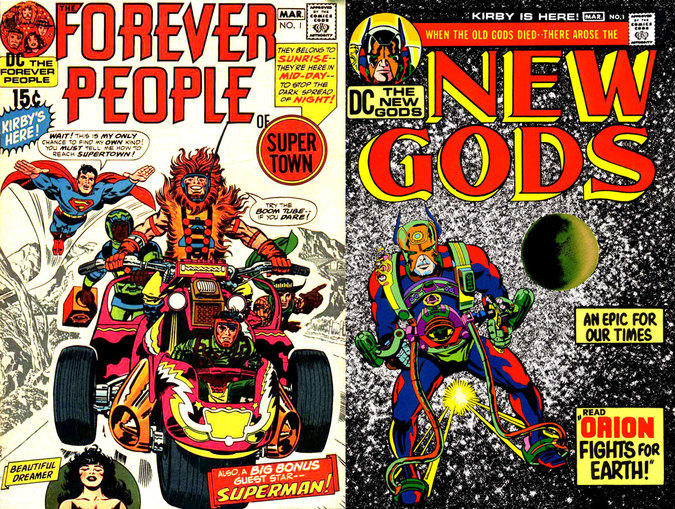
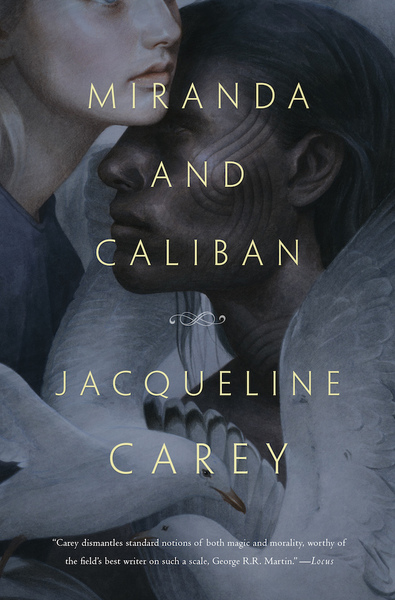
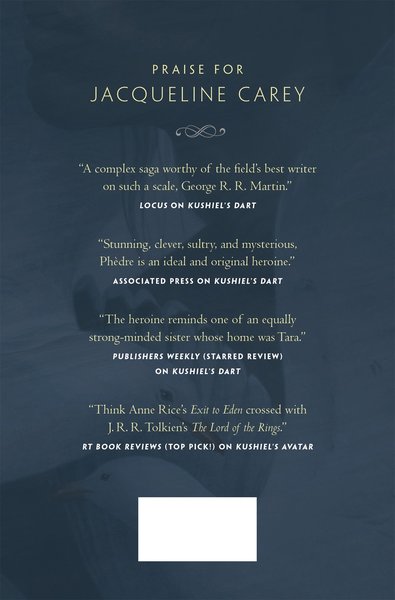
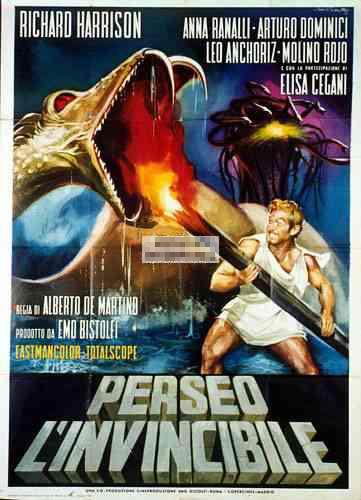
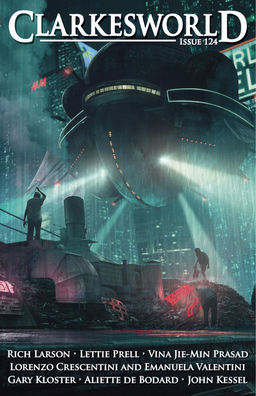
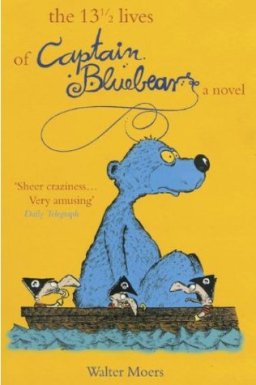

 I don’t know if I’ve mentioned it before, but I’m married to a builder. Over the years I’ve observed (judging by the level of bitching) that it’s easier to start from scratch than it is to retrofit. Still, there’s a way to do it well, and a way to screw it up.
I don’t know if I’ve mentioned it before, but I’m married to a builder. Over the years I’ve observed (judging by the level of bitching) that it’s easier to start from scratch than it is to retrofit. Still, there’s a way to do it well, and a way to screw it up.